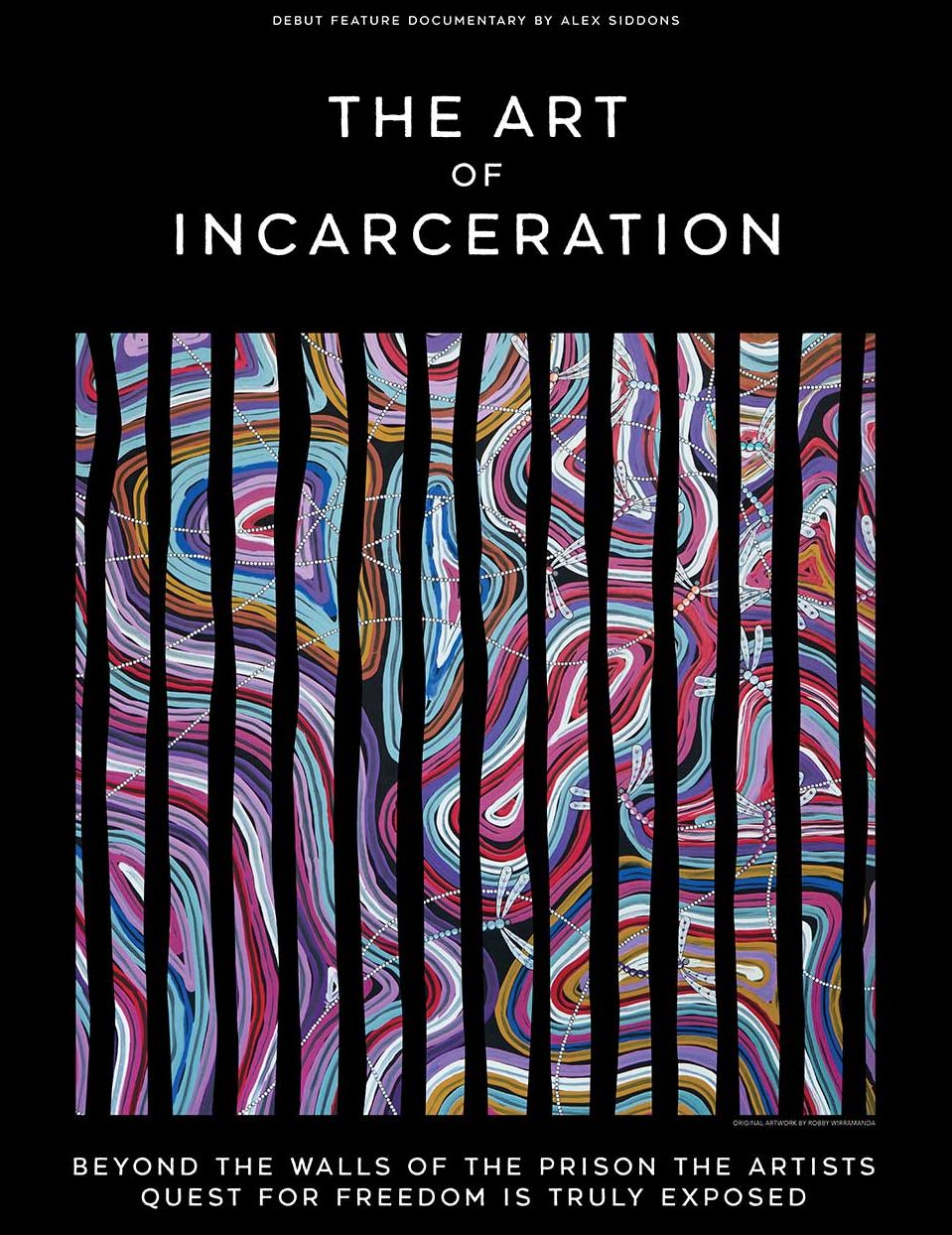In the prisons of Victoria, Australia, sits Fulham Correctional Centre- a facility that houses Indigenous people who have been wrongfully convicted. The Art of Incarceration is a documentary that explores how art and culture can empower First Nations people to transcend their unjust cycles of imprisonment. The film follows the stories of several prisoners as they create artwork that reflects their experiences and perspectives.
Through their art, they are able to connect with their culture and identity and find strength and resilience in the face of adversity. The Art of Incarceration is a powerful story about the importance of art and culture in the lives of Indigenous people and the transformative power of redemption.
Is The Art of Incarceration (2022) based on a true story?

Yes, The Art of Incarceration (2022) is based on a true story. The documentary follows the stories of several prisoners who were wrongfully convicted and incarcerated in the prisons of Victoria, Australia.
The film The Art of Incarceration (2022) explores the deeply ingrained incarceration epidemic of Australia’s First Peoples. Through the perspectives of the artists who are incarcerated at Fulham Correctional Centre, the film provides a contemporary insight into the issues that lead to incarceration.
These issues include cultural disconnection, inter-generational trauma, addiction, and institutionalization. The film also explores how these issues impact the lives of those who are incarcerated. By providing an insight into the lives of those who are affected by the incarceration epidemic, the film hopes to start a conversation about how to address this issue.
The Art of Incarceration is a powerful and eye-opening documentary that shines a light on the over-representation of Indigenous Australians within the prison system. Through the stories of several inmates, the film offers an insight into the challenges faced by those individuals who are incarcerated, as well as the hope and determination that they exhibit as they strive toward a better future.
The annual Confined exhibition provides a unique opportunity for the prisoners to share their stories and artwork with the world, and the film captures the transformative power of this experience. By humanizing those who are often seen as nothing more than statistics, The Art of Incarceration serves as a powerful call for change.
The powerful new documentary explores the transformative power of art in the lives of inmates at a maximum-security prison. The film follows the journey of lead subject Robby Wirramanda, who is serving a life sentence for murder, as he takes part in an art exhibition called “Confined.”
Through Wirramanda’s story, the film offers a rare and intimate look at the complex realities of life inside a prison. It also shines a light on the often-Ignored talent and creativity of inmates, who are using art to find hope and meaning in the darkest of places. The Art Of Incarceration is an inspiring and important film that provides a much-needed perspective on the criminal justice system.
It aims to shed light on the everyday reality of life in prison. The film was created by Alex Kelly and Christopher Austin, who met while serving time in Fulham Correctional Centre. The pair spent 16 months filming hundreds of hours of footage, both inside and outside of the prison. The resulting documentary provides a rare glimpse into the lives of those who are incarcerated.
It also highlights the importance of programs that provide support and assistance to prisoners during their time of need. The film has been praised for its candid portrayal of life behind bars and for its ability to give a voice to those who are often unheard. Mark your calendar on 3 July 2022 as it will be released on Netflix.
The Art of Incarceration explores how art and culture can empower First Nations people to transcend their unjust cycles of imprisonment. The film includes interviews with the prisoners, as well as footage of them participating in various art and cultural activities. These activities include painting, dance, music, and storytelling.
Through these mediums, the prisoners are able to explore the inherent theme of the film: the power of art and culture to transcend injustice. In addition to being an empowering experience for the prisoners, The Art of Incarceration is also a powerful reminder of the need for decolonization and restorative justice within the criminal justice system.
The film portrays the unique perspective dealing with the ways in which art can provide hope and strength in the face of adversity. The inmates featured in the film speak candidly about their experiences with racism, violence, and poverty and how making art has helped them to cope with the trauma of their lives. The Art of Incarceration is an important film because it challenges viewers to think about the role that art can play in healing individual and collective wounds.
The Art of Incarceration is a must-watch for anyone who wants to learn more about the struggles faced by Indigenous people in the justice system. The documentary provides an intimate look at how art and culture can empower First Nations prisoners to transcend the cycle of incarceration.
By humanizing the experiences of Indigenous prisoners, The Art of Incarceration highlights the need for reform in the justice system. The documentary is sure to provoke thought and discussion, and it is an important contribution to the conversation about how to address the over-representation of Indigenous people in prisons.
